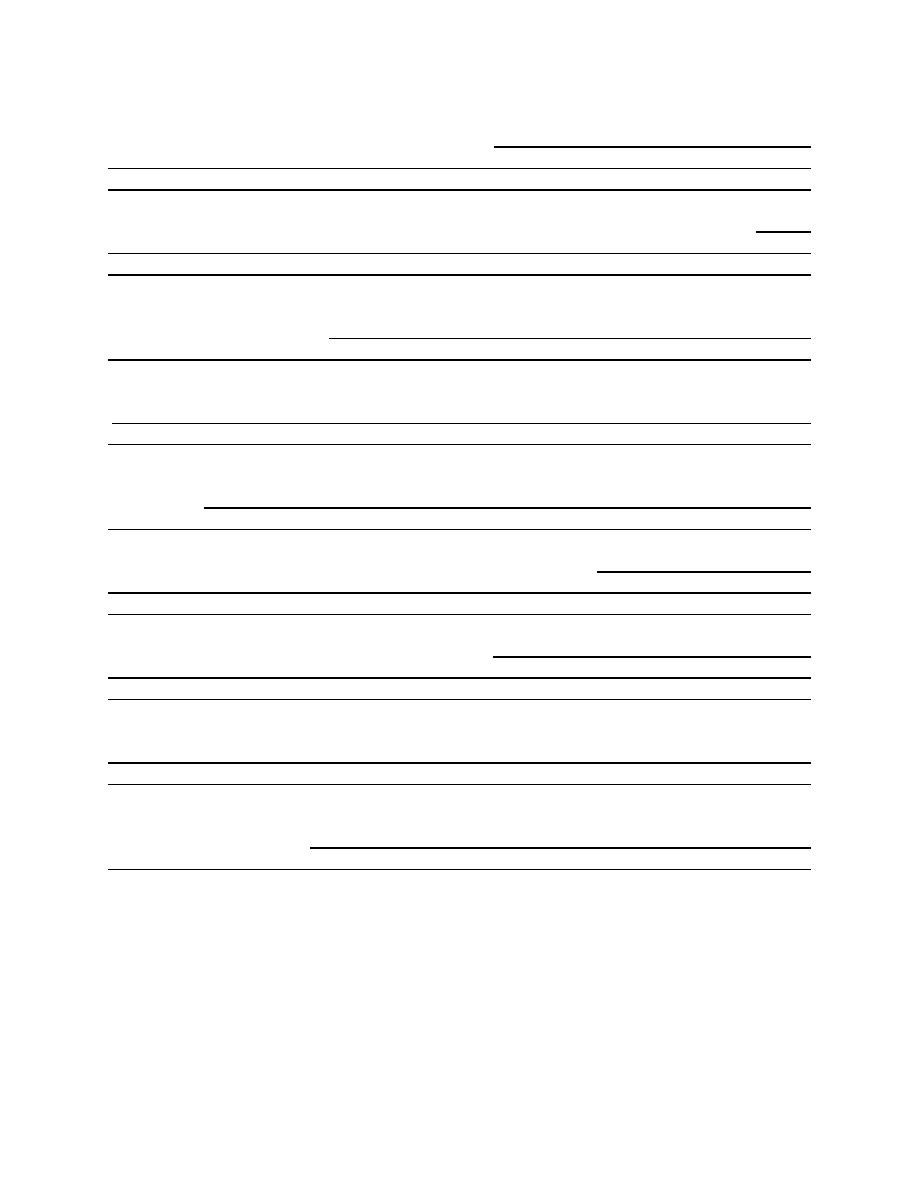 |
|||
|
|
|||
|
Page Title:
Written Test For Engineman -Cont. |
|
||
| ||||||||||
|
|  FORM 11 (cont.)
9. What is the function of the independent air valve?
10. What is the normal air pressure readings on air gauges at engineers control station?
11. What happens to a train operating under normal conditions if brake pipe or equalizing
pressures drop below 70 lbs.?
12. What causes the brake pipe or equalizing pressures to drop, as referenced in above question?
13. How can air brakes be applied to a train other than from the brake control valve in the
locomotive?
14. When is automatic air used in the operation of the locomotive?
15. When and why is the main air reservoir drained?
16. Why is excessive use of the locomotive air brake to control train speed prohibited?
17. There are (8) valves and/or levers that are normally used by the engineer when working his
locomotive, what are they?
18. Of the following, what is the most prevalent reason for brakes sticking?
(1)
Partially or fully applied hand brake.
(2)
Excessive brake pipe leakage.
(3)
Overcharged brake system.
(4)
Brake rigging that binds or fouls.
(5)
A defective control valve.
B-23
|
|
Privacy Statement - Press Release - Copyright Information. - Contact Us |